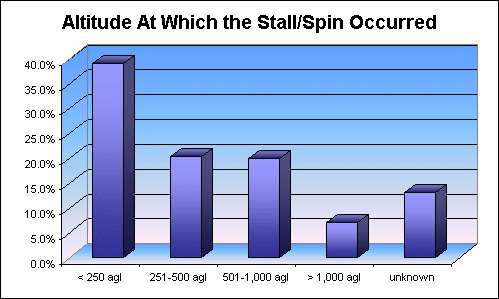AcroBoy
Line Up and Wait
- Joined
- Jul 18, 2008
- Messages
- 649
- Display Name
Display name:
Jim N
After doing probably thousands of spins upright and inverted, accelerated, flat, left and right, there is nothing that can substitute for knowing what the plane feels like just before the break, but you will never overcome the sense of fear about spins until you become confident in the recovery.
The first few times it seems like a blur, but after a while things slow down and you can focus on finesse. (kind of like some other non-aviation related activities). At least in my opinion, flying acro, like getting an IR, really can improve your flying skills and feel for an airplane.
The first few times it seems like a blur, but after a while things slow down and you can focus on finesse. (kind of like some other non-aviation related activities). At least in my opinion, flying acro, like getting an IR, really can improve your flying skills and feel for an airplane.

 After a few spins though, you get used to it... Power to idle (if it isn't already), stick full forward and hard opposite rudder. Plane stops spinning and is in a steep nose down attitude and you pull out of it.
After a few spins though, you get used to it... Power to idle (if it isn't already), stick full forward and hard opposite rudder. Plane stops spinning and is in a steep nose down attitude and you pull out of it.